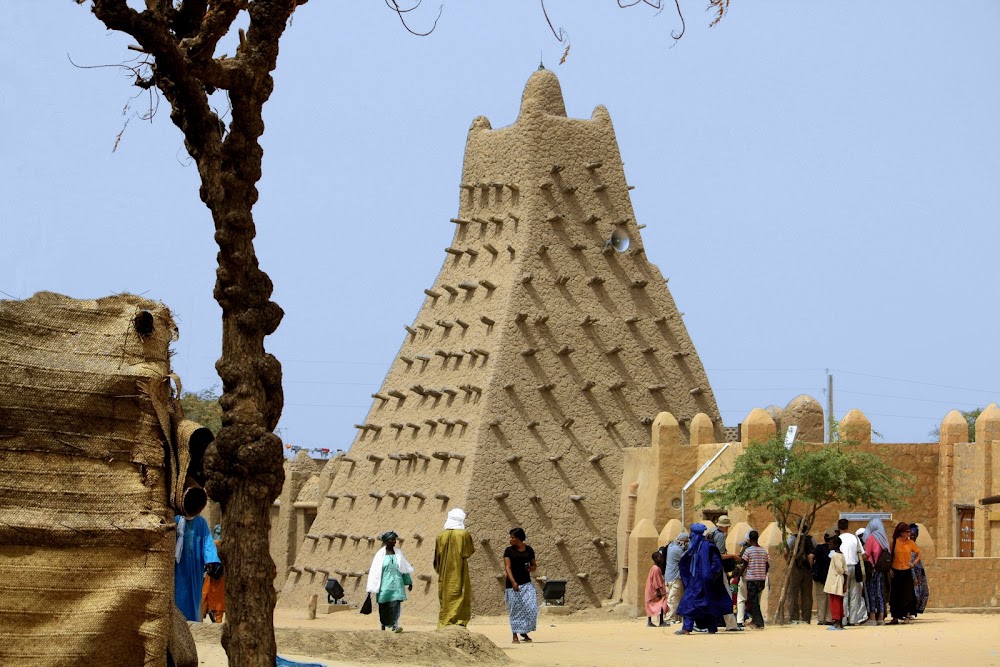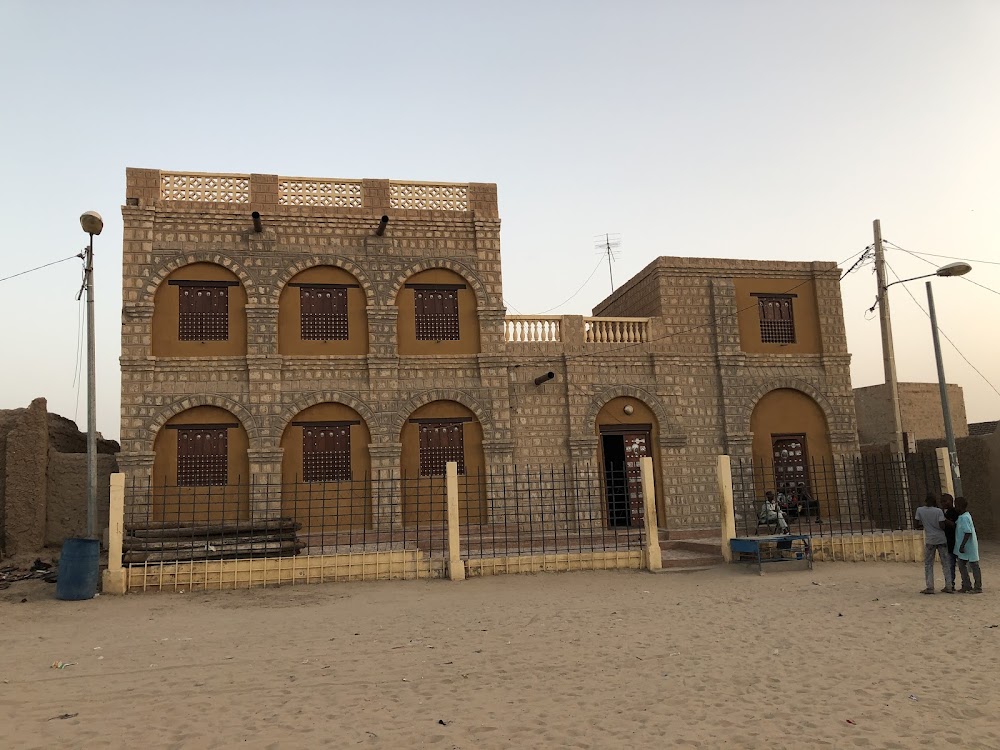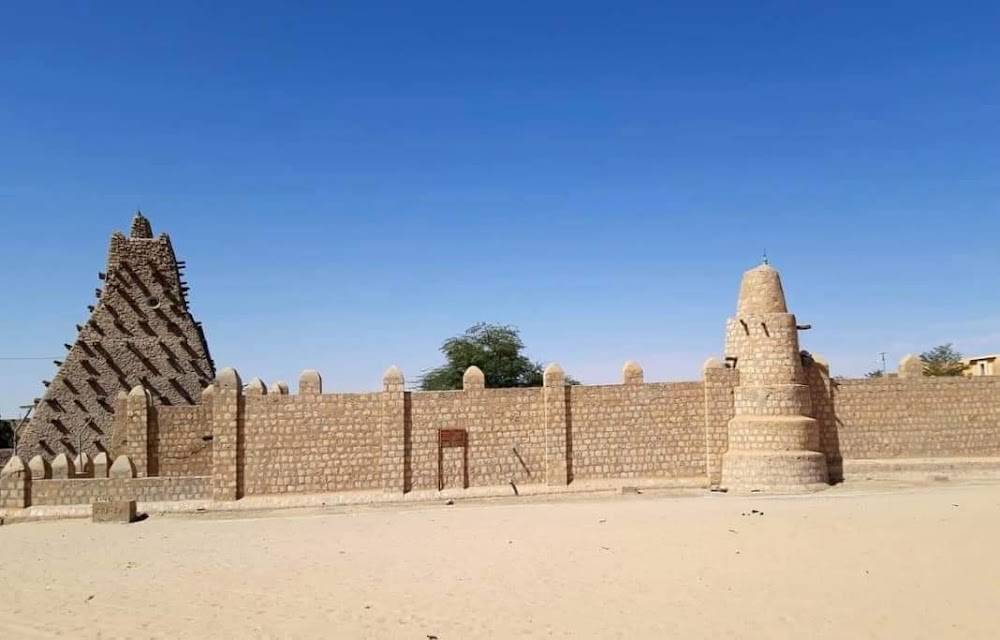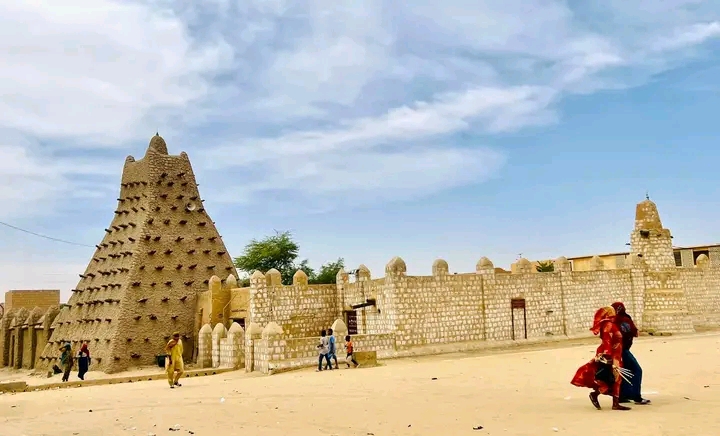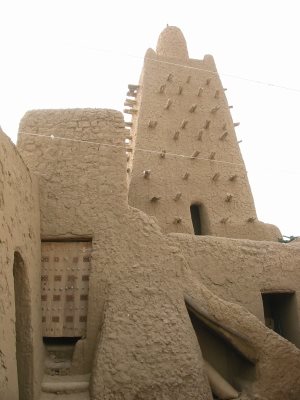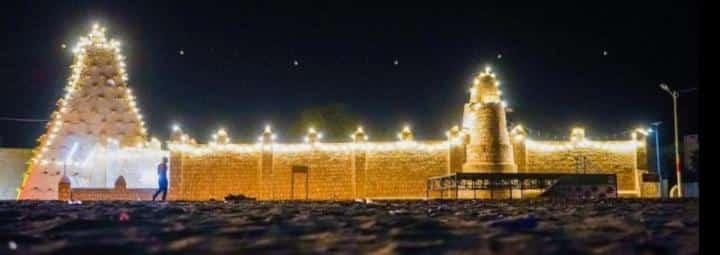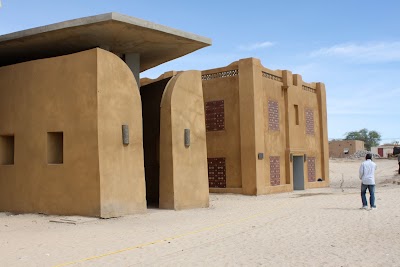Sankore Madrasah (Université de Sankoré)
Overview
Sankore Madrasah: A Historic Center of Learning
Sankore Madrasah, also known as the Sankore Mosque, is a remarkable historic center of learning nestled in the ancient city of Timbuktu, in the Tombouctou Region of Mali. This iconic site is steeped in the rich cultural and intellectual traditions of West Africa, serving as a testament to the region's profound legacy in scholarship and education.
Origins and Construction
The origins of Sankore Madrasah date back to the 14th century, during a period when Timbuktu emerged as a vital trading hub and a beacon of Islamic learning. The mosque was commissioned by a wealthy Tuareg woman named Sankoré, who envisioned a place for worship and education for the residents of Timbuktu. Local masons constructed the mosque using traditional methods, primarily employing mudbrick, a plentiful resource in the region, which lends the structure its unique character.
The architectural style of the mosque is distinguished by its wooden beams, which support the building and give it a striking appearance. The iconic minaret stands tall, symbolizing the Islamic faith, while intricate plasterwork was applied to protect the mudbrick from the harsh desert winds, showcasing the ingenuity of its builders.
A Center of Learning
Beyond its architectural beauty, the true significance of Sankore Madrasah lies in its role as a renowned center of learning. Over the centuries, it evolved into one of the world's foremost universities, attracting scholars from across the Muslim world. Students flocked to Timbuktu to study an array of subjects, including theology, astronomy, mathematics, and law.
The university was structured around numerous smaller schools run by individual scholars, creating a vibrant academic environment. One of the most notable figures associated with Sankore was Ahmed Baba, a prolific writer and respected thinker whose contributions enriched the intellectual landscape of the mosque.
A Legendary Library
The library of Sankore Madrasah became legendary for its extensive collection of manuscripts, housing thousands of rare and valuable texts covering a multitude of disciplines. This treasure trove of knowledge played a crucial role in preserving the intellectual heritage of not only West Africa but also the broader Islamic world, solidifying Timbuktu's reputation as a center of scholarly exchange.
Challenges and Preservation Efforts
However, the fortunes of Timbuktu and Sankore Madrasah began to decline over time. The invasion by Moroccan forces in the 16th century and subsequent political instability had a profound impact on the city. Despite these challenges, the mosque and its affiliated schools managed to endure, albeit on a diminished scale.
In recent years, dedicated efforts have been made to restore and preserve the Sankore Mosque and its invaluable manuscripts. Recognized as a UNESCO World Heritage Site, the mosque is celebrated not only for its architectural splendor but also for its historical significance. Conservation projects have been initiated to maintain the structure using traditional methods, ensuring that future generations can appreciate this symbol of knowledge and culture.
A Lasting Legacy
Today, Sankore Madrasah stands as a powerful reminder of Timbuktu's rich intellectual and cultural history. It evokes a time when the city was a crossroads of scholarly exchange and a beacon of learning in the Islamic world. The enduring legacy of the mosque continues to inspire and inform, bridging the past and the present, and inviting visitors to marvel at its historical significance and beauty.


